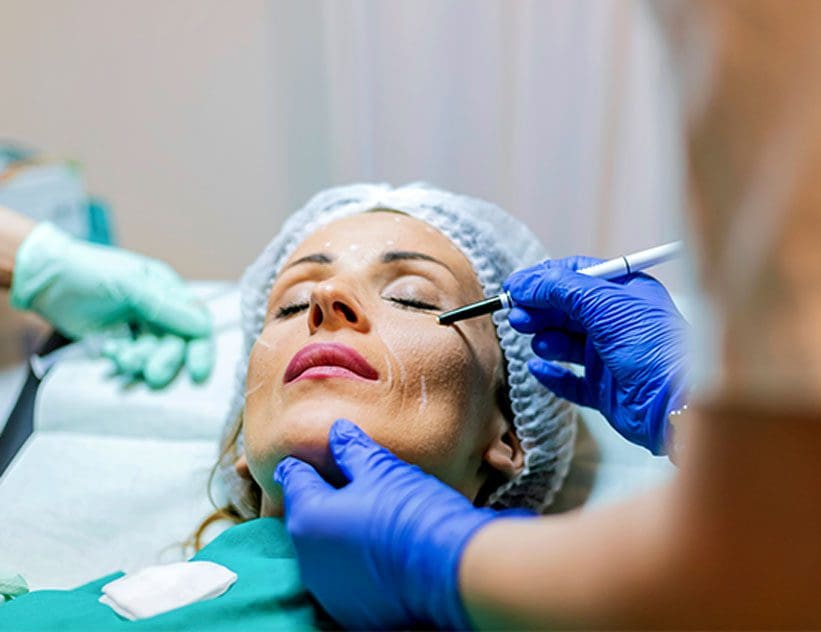New Skin & Body
TURN BACK TIME WITH A FACELIFT
New Skin & Body
ABOUT THE FACELIFT

FROM

Though we cherish the wisdom that comes with age, most of us would like to delay the visible effects of aging, especially on the face. A facelift could help erase many of the signs of aging and give patients a more youthful appearance.
New Skin & Body
Signs of Aging in the Face

New Skin & Body
Benefits of a Facelift

A facelift can help re-suspend and tighten the soft tissue structures that have slowly moved downward. Rather than tighten the skin, the facelift helps pull facial tissue upwards.
A facelift can help address the following issues:
New Skin & Body
Who is a Candidate?

A facelift is a good option for patients with a strong bone foundation, high neckline, thin skin for re-draping, and no risk of wound healing issues.
Patients who smoke, have poorly-controlled diabetes or blood pressure, connective tissue disorders or bleeding disorders have an increased risk of an adverse reaction to the facelift. Regardless of how physically healthy the patient is, it is important to have appropriate expectations, understand the limitations of the procedure, and be emotionally and psychologically healthy.
New Skin & Body
About The Procedure
New Skin & Body
schedule an appointment
